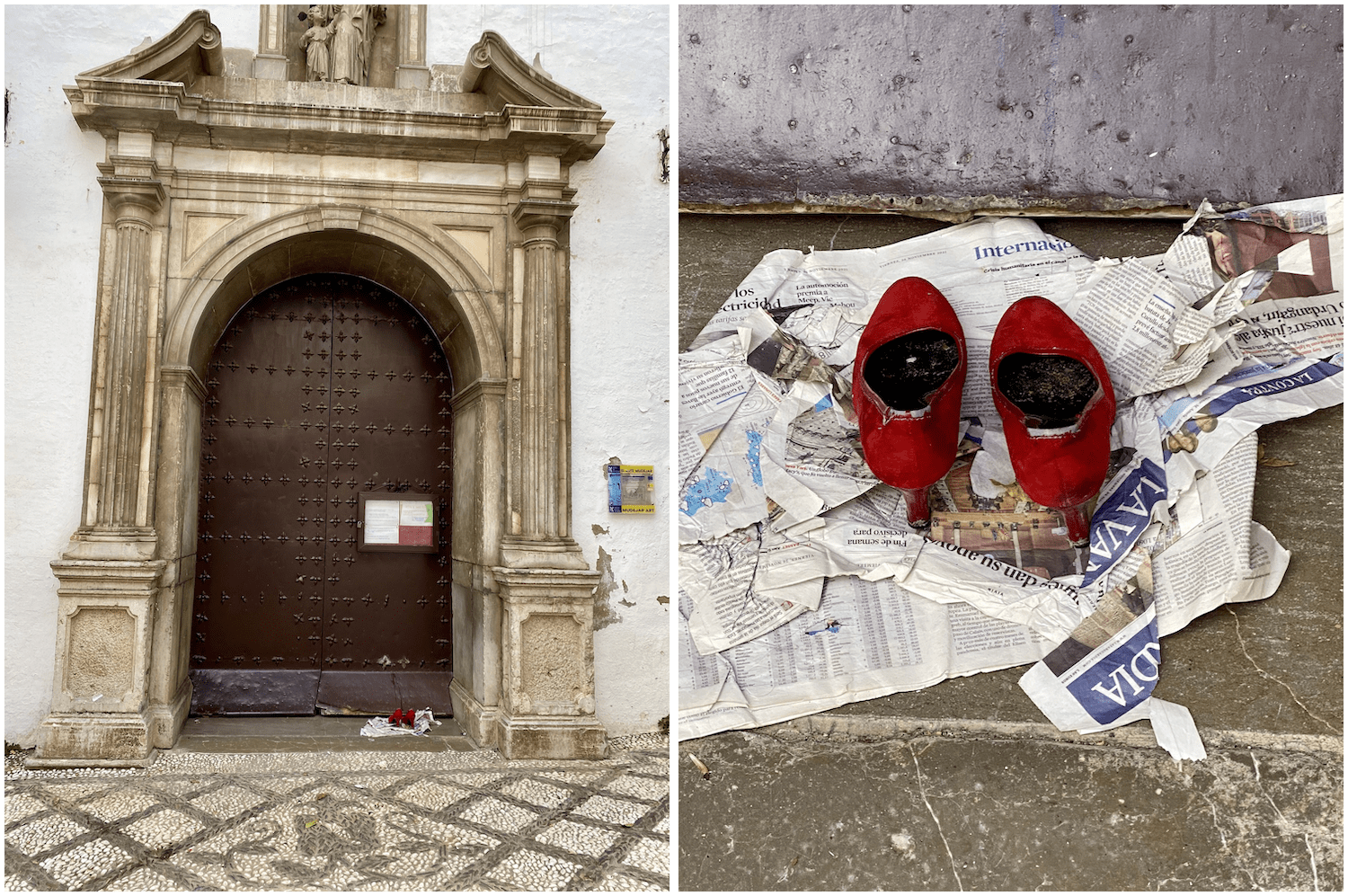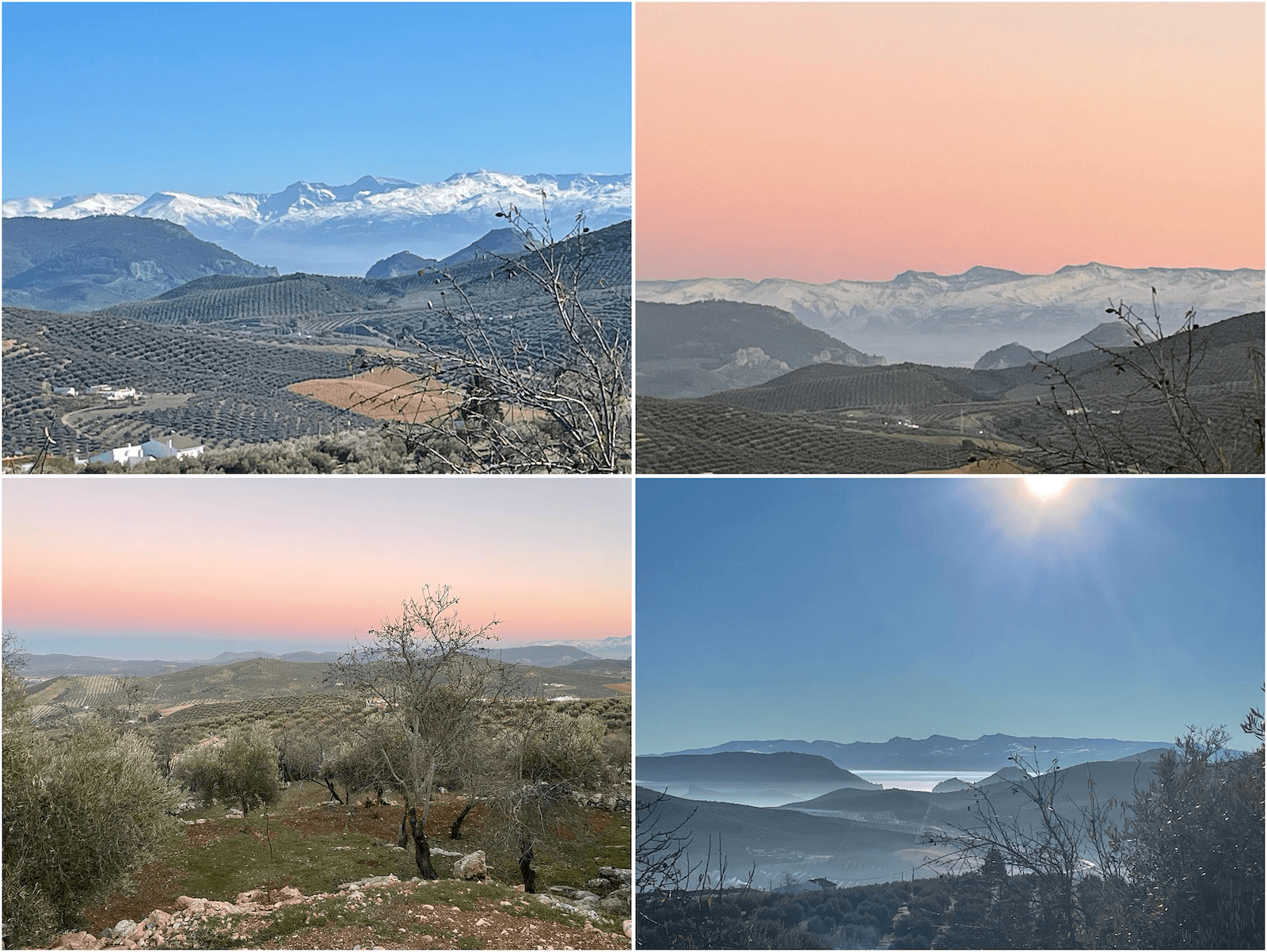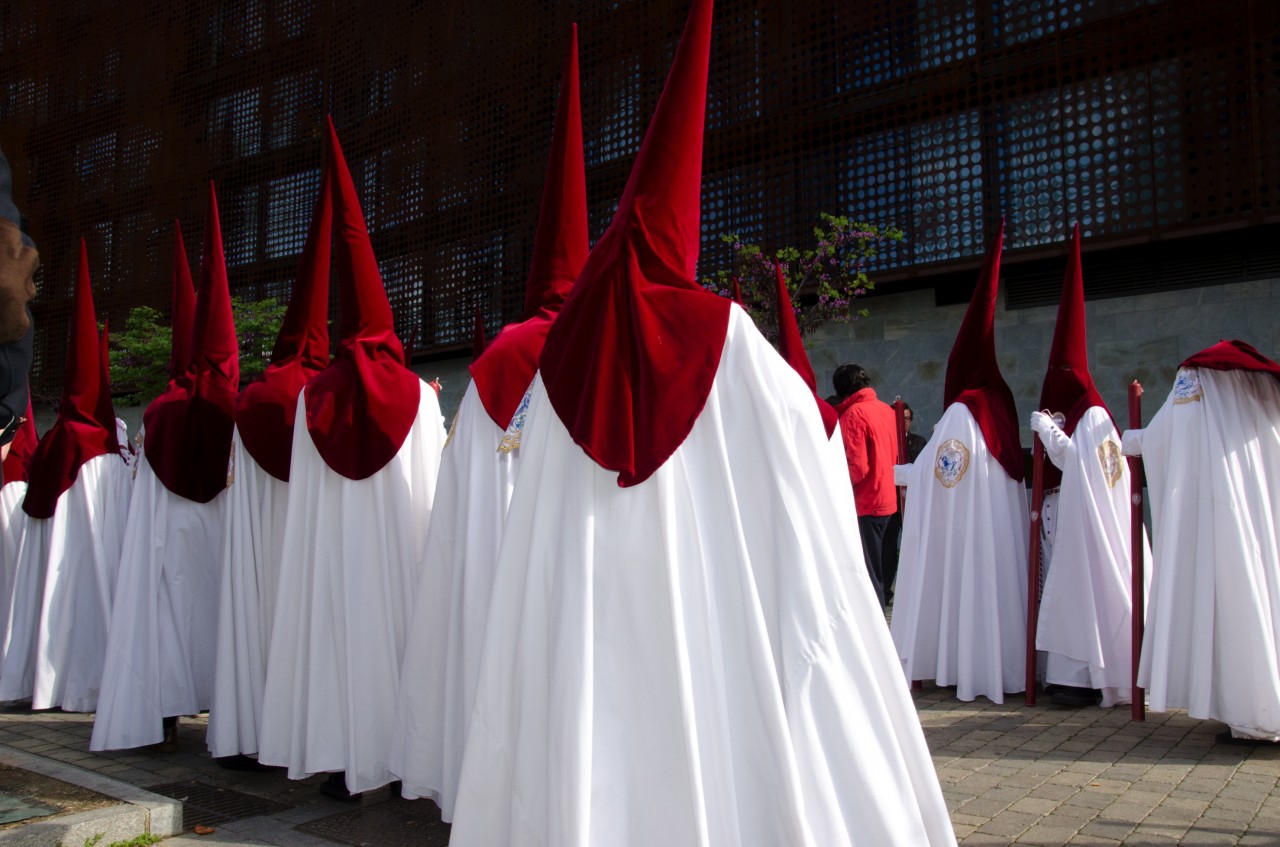According to media reports a thirty-year-old contemporary art collector, Ana Martínez Frías, has acquired a 1.800 m2 historic building in Plaza Santa Ana, Granada, where she intends to create a mueseum of millenial art. Works from both new artists and established artists such as Avery Singer, Kelly Akashi and Anastasia Bay will be exhibited. The collector owns 250 works herself and these will be exhibited alongside works from fellow private collectors. She does not envisage this project as a commercial proposition but as a means to allow the public to view contemporary art, something which is lacking in the city despite the plethora of musuems the city already possesses.
Given the historic nature of the site and its protected status within the Alhambra Special Protection Area there are many bureaucratic hoops to leap through before the project can be realised, both at municipal and regional level. However, according to Ana Martínez her discussions with the various authorities have been entirely positive given that the authorities recognise the need for such a museum. The biggest difficulty, in planning terms, is that buildings within the zone of protection must be rebuilt in their former style and layout, which is unviable for an exhibition space. Fortunately, there is an exception for singular projects of this type. The fact that only the façade of the building remains standing after the interior was illegally demolished in 2007 will no doubt positively influence the opinion of the various bodies who must give their consent for the project to proceed. Currently the site has no viable use.
Rather than wait until 2023 when it is hoped that all necessary permits will have been obtained and work can start, Ana Martínez has acquired a second building, in the Gran Via de Colón, one of Granada's principal streets, where she will mount exhibitions of millenial art from Spring 2022, pending the construction of her main project.
The project will be entirely private and will not involve any public funding, at least initially. If it succeeds the city will owe Ana a great cultural debt.


















